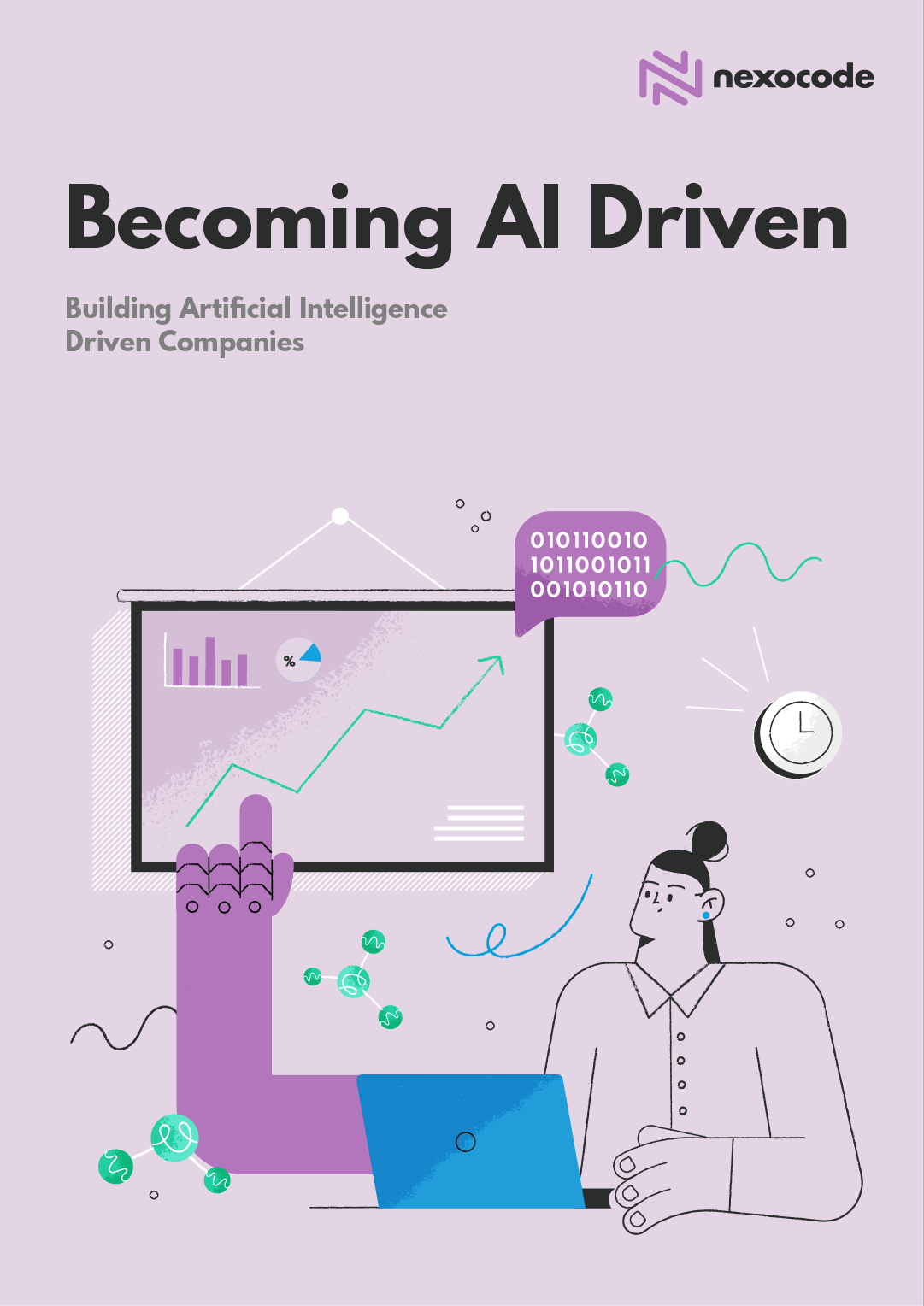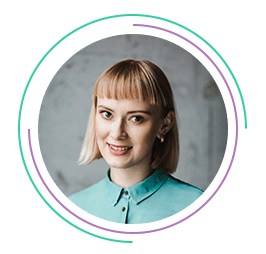Cloud migration is becoming an increasingly popular option for businesses of all sizes. The
cloud offers a number of benefits, including scalability, flexibility, and cost-efficiency. However, cloud migration can also be challenging. There are several potential pitfalls that can occur during the process, from data security issues to compatibility problems. In this article, we will discuss the biggest cloud migration challenges and how to overcome them.
Why Do So Many Cloud Migrations Fail With Exceeded Schedules and Budgets?
One of the most common cloud migration challenges is exceeding schedules and budgets. This can happen for a number of reasons, but some of the most common are studied in detail below.
Complexity and Scope Creep
The cloud environment is far more complex than a traditional on-premises setup. As businesses are moving their applications and migrating data to the cloud, they can get overwhelmed by the sheer scope and complexity of the task. After all, they are migrating data and applications that have been in place for years and even decades.
This can lead to scope creep, which is the tendency to add more and more features to the project and can result in a never-ending cycle of work. As a result, more time and resources may be needed than originally anticipated, leading to delays and overspending.
Poor Planning and Lack of Skills
Without a clear and detailed
migration strategy in place, businesses can quickly become overwhelmed by the process. Additionally, without the proper skills and experience, it’s easy to make mistakes that can lead to prolonged downtime and increased costs.
Migrating to the cloud is a complex process that requires careful preparation and execution to avoid running into problems that, like scope creep, can also result in schedule and budget overruns.
Data Security and Compliance Issues
Migrating data to the cloud requires several security protocols to keep sensitive information safe. Without proper attention to the security of data, particularly because it is being stored off-site (even for a private cloud run specifically by and for the organization rather than a public cloud), where it can be more vulnerable to attack, companies risk their data being compromised and exposing confidential information.
As such, it is crucial to have a robust security plan prepared before beginning the migration process to prevent data loss or theft. Additionally, businesses must also ensure that their cloud environment adheres to any applicable compliance regulations related to data privacy and security or else face fines or other penalties and waste time resolving legal issues.
Lack of Understanding of the Cloud Environment
The cloud is a very different environment from on-premises, so firm knowledge of how the former works are required before attempting to migrate from the latter. A lack of understanding here will likely result in mistakes that can cause problems down the road, ultimately leading to exceeded schedules, budgets, and more.
One of the main elements of the cloud that requires understanding is the type of cloud architecture being used (e.g., public cloud, private cloud, hybrid cloud, or multicloud), as well as how to configure it properly. Without proper configuration, businesses risk their applications not working correctly and performance issues due to inefficient use of cloud resources.
Challenges of the Cloud Migration Process
Now that we’ve discussed why cloud migration often fails due to issues that result in organizational and financial costs let’s take a look at some specific cloud migration challenges that can arise during the actual process.
Type of Workloads and the State of Legacy Infrastructure
Migrating legacy applications to cloud solutions can be a tricky process, mainly if those applications are either not compatible with or are too complex for cloud services. Additionally, cloud infrastructure issues can complicate the process – applications that are too old to be migrated easily or require significant changes to operate on cloud platforms can cause delays and extra costs.
Time Needed to Finalize the Migration Process
The duration required for cloud adoption can be affected by several factors, from the complexity of your legacy applications to the amount and type of data being migrated. Any delays could result in unexpected costs and possible downtime, so it’s a good idea to make a contingency plan part of your migration strategy to account for any potential problems.
Lack of Control Over Cloud Migration Costs
Each different cloud migration journey can be expensive and hard to predict, hence why it’s not uncommon to exceed your original budget. Understanding the necessary costs of successful cloud migration is essential to prevent your project from becoming an overspending fiasco. However, this can be difficult without a clear understanding of the cloud environment or control over the project. An iterative approach with budgets set for milestones can help reduce costs and prevent overspending.
Lack of Cloud Migration Strategy
Having a clear and comprehensive plan ready is essential for the success of any IT project. Without one for the cloud migration process, organizations risk encountering unexpected obstacles and delays that result in longer deployment timelines and higher than the budgeted costs.
No Ownership of Cloud Migration Process
It is necessary to have a single point of contact who is responsible for making decisions and overseeing the entire cloud migration process. Because it is a joint effort between the customer and cloud provider, and multiple people from various departments are involved, there is a risk of miscommunication and confusion that can lead to mistakes being made if there is no clear ownership of the project.
Lack of Fallback Plans and Processes for Possible Downtime
Maintaining continuous uptime can be difficult during a cloud migration, despite implementing measures to maximize the chances of doing so. Having a fail-safe plan in place can be invaluable if downtime does occur because it provides a way to resume operations quickly (through a defined set of processes or even automations). In contrast, a lack of fallback planning can result in significant delays and additional costs.
Data Replication During the Transition Process
Making several copies of your data to be stored in multiple locations for backup and disaster recovery is one of the most important steps in any cloud migration. However, this can be challenging due to the amount of data and requirements for accuracy without data corruption or loss of information.
Mindset Switch to Infrastructure as Code
Adopting an infrastructure as code (IaC) approach for cloud computing can provide several benefits, such as faster and simpler deployments, improved scalability, and reduced costs. However, organizations must equip their teams with the necessary skills and tools to implement IaC and be comfortable shifting to a cloud-driven development process.
Data Security and Compliance Issues
Organizations must check that their cloud environments comply with applicable data regulations or laws (e.g., GDPR and HIPAA) and maintain high data security standards to protect against threats like data breaches or unauthorized access. This can require significant effort since cloud storage systems often have different architectures and security protocols than traditional on-premises environments. On the other hand, cloud platforms usually offer comprehensive security features, and cloud providers often provide assistance to ensure that the cloud environment complies with all necessary regulations.
Shortage of Cloud Skills Within the Organization
Businesses migrating to cloud platforms must have a competent team of experts who can handle migration, application development, and optimization processes. Cloud migrations will be more difficult without the right skillset in the organization, and they may also find themselves paying for expensive external resources or outsourcing entire projects.
Organizational Adoption and Cloud Migration Resistance
Getting everyone in the company on board with the cloud migration process might be troublesome or time-consuming, as it requires a shift in mindset and operations. Some employees or departments may be against the change due to a lack of understanding or knowledge about the process and concern about potential disruptions.
How to Overcome the Cloud Migration Challenges?
Every organization should prepare a detailed cloud migration strategy well in advance, with detailed steps and fallback strategies in place to minimize any unnecessary delays or additional costs. The common cloud migration challenges above can be tackled by following the specific pieces of advice for each described here.
Migrating Existing Infrastructure and Data Types
Businesses must assess the workloads that need to be migrated, including their structure and data types. As part of this assessment, it is important to understand the current state of legacy cloud infrastructure and any potential risks prior to migration.
Reducing the Duration of the Migration Process
The time needed to complete cloud migration can be shortened by breaking their projects into phases and adopting an “incremental” approach. This means focusing on the most important tasks first and then moving on to the less critical ones afterward.
Preventing Overspending
Organizations need to determine the exact costs associated with migrating to their chosen cloud service providers before they get started so that they can allocate resources accordingly. Also, allow for margins of error, increased prices, or unexpected costs that may arise during the process.
Preparing a Cloud Migration Strategy
Organizations that want to succeed ought to create detailed plans for migrating to a cloud vendor and develop their skill sets to understand the cloud environment better. This should mean aligning cloud migration strategies with overall business goals and exploring options for the choice of cloud providers, system integrators, and any other external resources.
A good strategy for moving to a cloud service provider will consider the different types of cloud migration, namely
the 7Rs – refactor, replatform (or “lift and modify”), repurchase (the “rip and replace” strategy), rehost (a “lift and shift” approach), relocate, retain, and retire. This is covered in more detail in our article on application migration to the cloud: steps to run the cloud migration process successfully.
More about 7R.
Assigning Responsibility for the Cloud Migration Process
It is crucial to put the right personnel in charge and properly equip them with the tools and information necessary to migrate to the cloud successfully. That includes ensuring that all employees are informed about cloud security procedures and best practices and appointing individuals responsible for cloud governance.
Ensuring Continuous Uptime During Migration
Businesses should plan for a fallback strategy or alternative in case something goes wrong. Creating a backup plan detailing contingencies, such as having a secondary cloud environment or utilizing cloud services like Amazon Web Services (AWS) Disaster Recovery, can help organizations stay up and running even during periods of unexpected downtime.
Replicating Data
Storage devices or other mediums used as backups must be reliable and secure, and data replication should be tested to ensure its accuracy before being put into production. Using reliable backup and recovery solutions is also essential for keeping your data safe during the process.
Adopting an Infrastructure as Code Approach
With IaC, organizations can automate their cloud deployments and make the process faster, more efficient, and less error-prone. This also allows for faster and simpler cloud migration and more flexibility when it comes to making changes.
Improving Data Security and Compliance
It is necessary to have a thorough understanding of the applicable regulations and standards for the security of data in your industry before committing to cloud adoption, as well as updating policies and processes to ensure compliance with any new laws and regulations. Security teams must also regularly monitor the cloud environment for potential threats or vulnerabilities that could compromise sensitive data.
Addressing Cloud Skill Gaps
Employees must have the necessary skills and knowledge to properly manage cloud environments, which can be done by providing training or offering continuing education opportunities to workers. Additionally, organizations should consider
hiring cloud migration consultants to ensure that the cloud migration process is executed correctly and efficiently.
Getting Employees on Board with Cloud Migration
Everyone involved in the process must be made aware of cloud migration and be educated on its benefits before it is implemented, as well as keeping them up-to-date on the progress of the transition. Businesses also need to understand any potential objections or concerns that employees may have and give them ample opportunity to provide input.
Why Are Organizations Willing to Face Cloud Migration Challenges?
Despite the various challenges associated with cloud migration, organizations are still willing to undergo this process because of its variety of benefits. Our article ‘Why Move to the Cloud?’ discusses ten compelling reasons for cloud migration.
Most notably, cloud computing allows for greater scalability, improved efficiency, cost savings, and faster time-to-market for new cloud services. Additionally, the cloud provides access to powerful tools and various cloud technology that traditional, on-premises IT environments may not be able to offer.
Understanding and addressing each cloud migration challenge can give organizations confidence that the process will go as smoothly as possible for them so that they can take full advantage of cloud computing and its benefits. With proper planning, due diligence, and the right team in place, businesses have a better chance of successfully navigating the many cloud migration challenges.
Therefore, companies must have a comprehensive cloud strategy in place that outlines their specific goals, business objectives, desired cloud services, and the steps they need to take to migrate to the cloud successfully. Organizations should also invest in technology and resources to help them ensure their cloud migration is a success.
Do you still need help with cloud migration challenges? The experienced team of cloud experts at nexocode can help you assess the risks, develop plans to address them, and ensure a successful transition to working with a cloud vendor.
Contact us today to learn more about what we can offer you and your business as a cloud service provider and much more.








